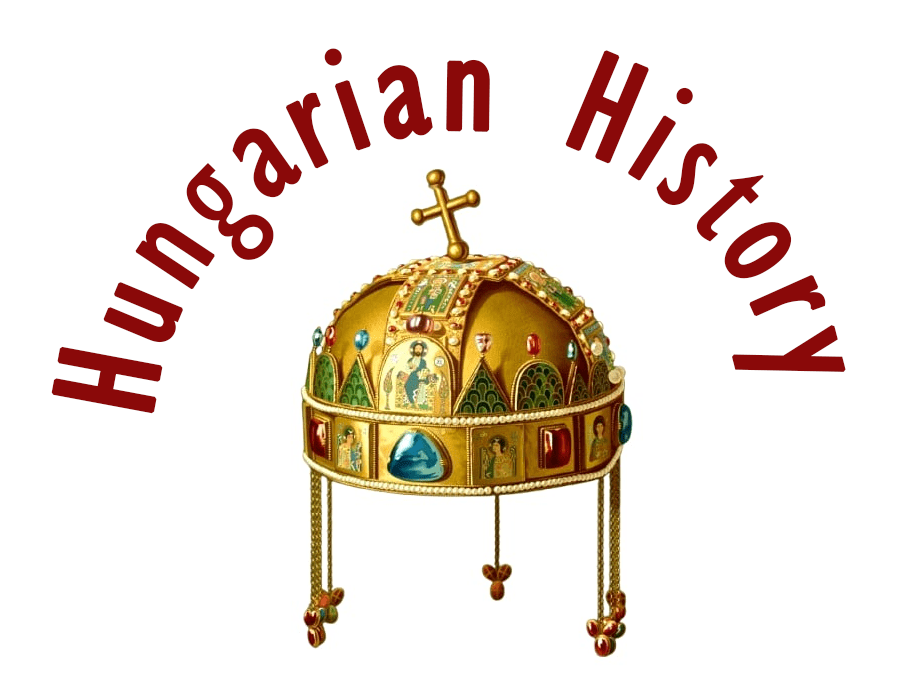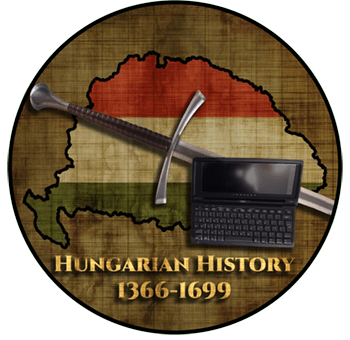Lackfi András / Lackfi Endre (c.1310 – 1359) was the legendary general of King Lajos I of Hungary. He was also the Comes of Brassó, the Székelys, Beszterce, Medgyes, and Voivode of Transylvania. His better-known brother was the military general Lackfi István.
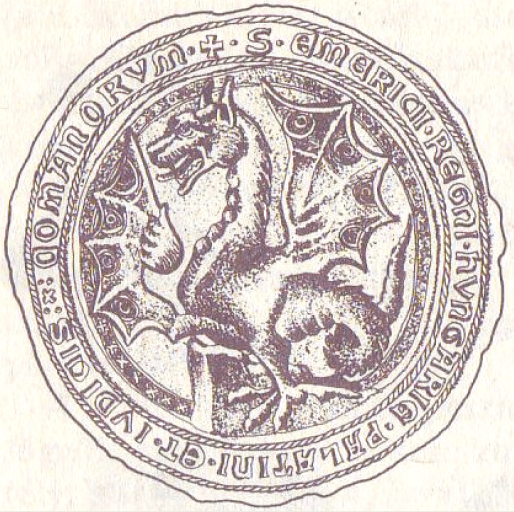
Lackfi András was the second son of the Chief Treasurer Kerekegyházi Lack. Lack came from the Hermann family, and he was one of the most influential families of the Angevin era. Lack, son of Dénes, was the Comes of the Székelys from 1329 to 1342. In 1330, he conquered Argyas in the Wallachia and later took part in the campaign against the Lithuanians as a Transylvanian Voivode.

Lackfi means in Hungarian the “Lacknak a fia”, the son of Lack. Between 1345-1352 he was the Comes of the Székely Borderland Warriors of Transylvania, in 1350 the chief captain of the town of Aversa, between 1350-1352 governor of Apulia, between 1353-1354 he was the Ban (Duke) of Macsó, between 1355-1356 the Comes of Sopron, from 1356 to 1359 he was the Voivode of Transylvania.
As a Székely Comes he led successful campaigns against the Mongols (Tatars) in 1345 and 1346. This is connected with the “Miracle of St. László” belonging to the legend of St. László, in which he helped the Hungarian army.
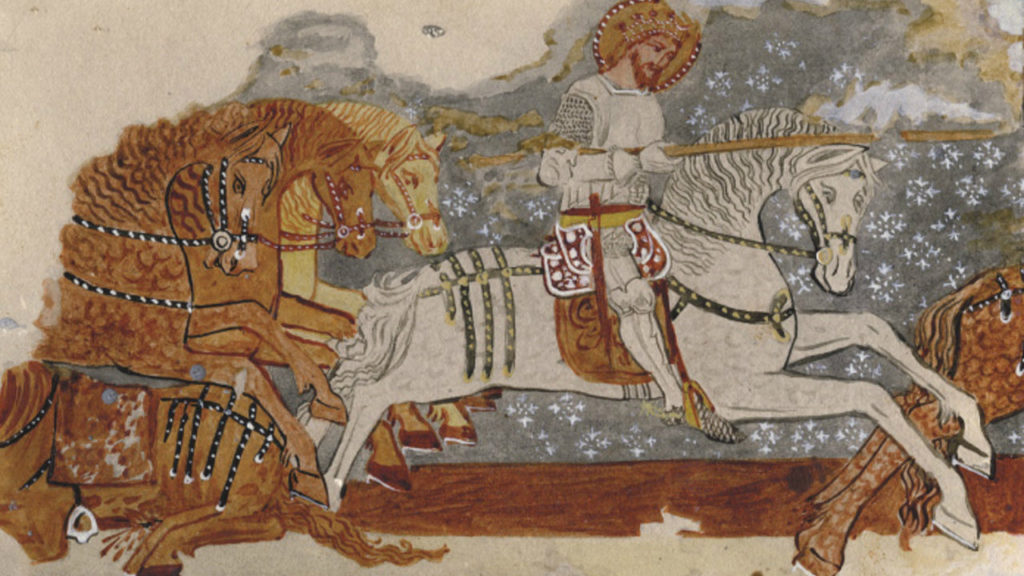
The victory of Lackfi András against the Tatars in 1345
In early February 1345, Transylvania was invaded by the Tatars (Tartars / Mongols of the Golden Horde). The military task of the Székelys was primarily to defend the southern and eastern borders, under the command of the Székely Comes (comes Siculorum) Lackfi András, who was appointed by King Lajos the Great in that year. The Székely force was presumably composed of light cavalry soldiers, which successfully stood in the way of the invaders. Lackfi crossed the Carpathians with a strong army and went ahead of the Tartars into the territory of present-day Moldova.
According to the Anonymous Minorite Chronicle, the fierce battle lasted for three days, during which the Tartar leader Othlam was captured and executed. The enemy was driven as far as the eastern bank of the Dniester River.

The chronicle wrote of the fight: “When the Tatar [actually Mongol] peoples were ravaging Hungary, they often attacked the borders of Transylvania and the Székelys. The king sent the valiant and warlike man, Lackfi Endre (= András), the Transylvanian Viceroy [then the Székely Comes], with the nobles and the strong nation of the Székelys, to attack the Tatars. They invaded their land with force, and with their prince Athlamos, who resisted and confronted them with a large army, they defeated them, captured the prince, and sent many banners and Tartar prisoners to the royal highness at Visegrád. After that, the Székelys also attacked the Tartars several times and returned home with great booty. Those Tatars who survived fled to the far seaside lands to join the other Tatars.”

Around this time, a group of Wallachians (Romanians) led by the Romanian Viceroy Dragoș of Máramaros migrated to Moldavia. Since Dragoș was a subject of King Lajos I, this region was also considered a vassal of the Kingdom of Hungary, which created an opportunity to control the foothills of the Carpathians. The new border between the Kingdom of Hungary and the Golden Horde became the Dniester River. The Principality of Moldavia was established as a vassal state of the Kingdom of Hungary. The following year, the Székelys were already raiding the land of the Tatars.
This source associated an interesting scene of medieval folklore with the battle of 1345. According to this story, during the battle, the head reliquary of Saint László disappeared from the cathedral of the city of Várad. Sometime later, a second guard searching for the relic found the knight-king’s head in the sacristy covered in sweat.
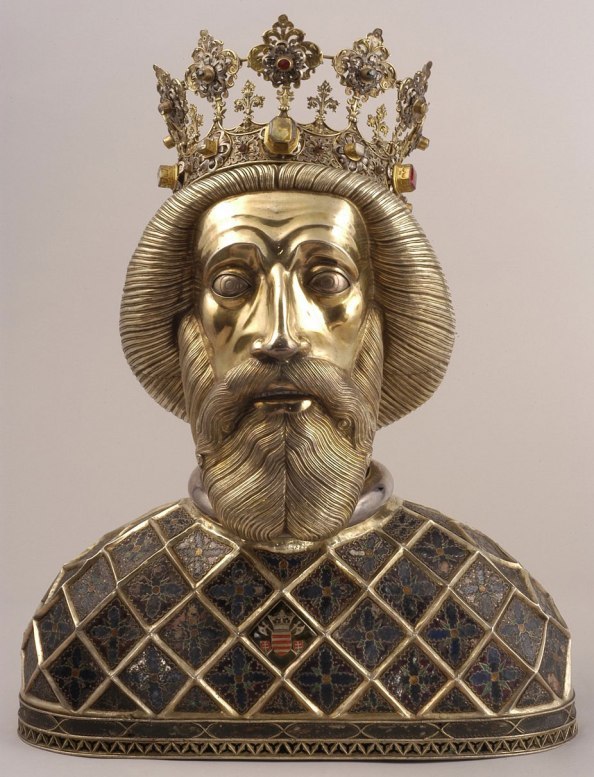
It was a testimony to the miraculous events that the captured Tatars believed that they were not defeated by the Székelys and Hungarians, but by King László, whom they had called to their aid:
“When the Székelys set out against them, a great knight came before them, mounted on a high steed, with a golden crown on his head and a battle-axe in his hand, which destroyed them all with great blows and cuts. Above the head of this knight, a lady of great beauty appeared in the air, with a crown of great splendor and brilliance on her head. It is evident from this that the Székelys, who were fighting for the faith of Jesus Christ, were helped by the Blessed Virgin Mary herself and King Saint László against the pagans, who were overconfident in their valor and their multitude.”

The 1346 Székely campaign against the Mongols
The Székelys took advantage of a bubonic plague epidemic in the Golden Horde, crossed the Dniester, and successfully raided the region. In the relevant parts of the chronicles of the Anonymous Minorite and Küküllei János, the dates and actions of the two campaigns are mixed up, as the Székely armies took part in both.

“Having thus arranged all this, King Lajos began diligently to see to it that he left Hungary, went to Italy, and left Hungary in such a state that in his absence no enemy would dare to attack the country. For Hungary was threatened by the dangerous hostilities of the Tartars (Mongols) and the Moors (Muslims). But the Lord God helped him in his anxiety, for he had so scourged them that there was no need to fear and dread them. For in the one thousand three hundred and forty-sixth year of the Lord, God sent upon them a pestilence, which raged so furiously that, as they say, in a few months it overwhelmed and destroyed three hundred thousand Tartars.”

Lackfi András in Italy
Together with his brothers Lackfi István, Lackfi Miklós, Lackfi Pál, and Lackfi Mihály, he took part in the second Italian campaign, which began in April 1350.
Read more about the rule of King Lajos the Great on my page: https://www.hungarianottomanwars.com/essays/king-lajos-i-the-great-r-1342-1382/

Dear Readers, I can only make this content available through small donations or by selling my books or T-shirts:
Please, support me with a coffee here: https://www.buymeacoffee.com/duhoxoxa
You can check out my books on Amazon or Draft2Digital, they are available in hardcover, paperback, or ebook:
https://www.amazon.com/dp/198020490X or at https://books2read.com/b/boYd81
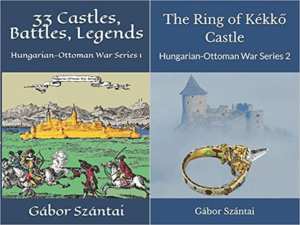
My work can also be followed and supported on Patreon: Become a Patron!http://Become a Patron!
Become a Patron! and donations can be sent by PayPal, too: https://tinyurl.com/yknsvbk7


https://hungarianottomanwars.myspreadshop.com/all
Subscribe to my newsletter here: https://tinyurl.com/4jdjbfkn
